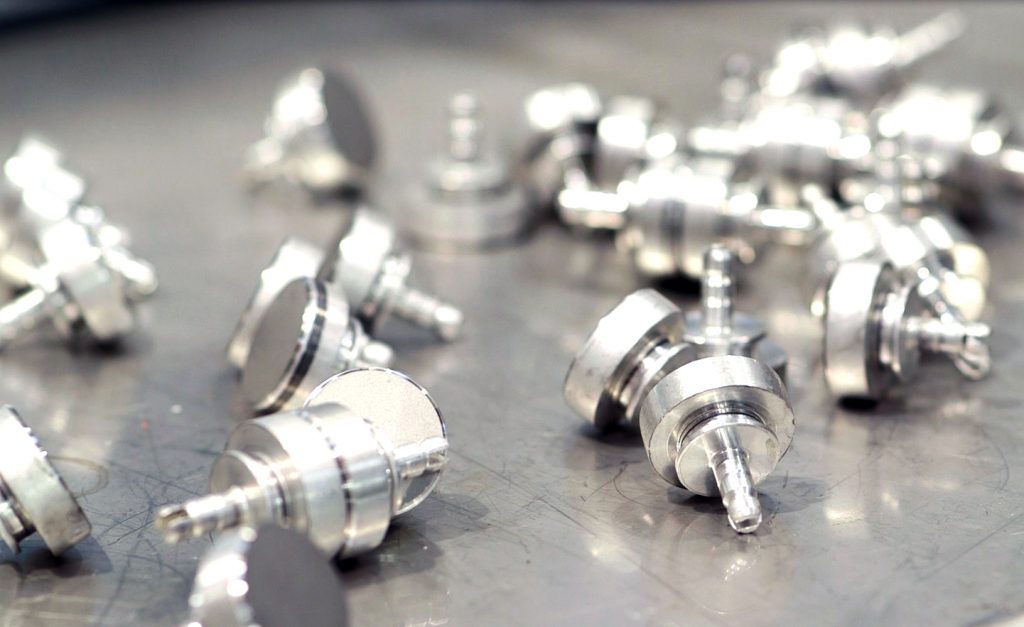Discover the differences between natural and artificial magnets
The main
difference between natural and artificial magnets is precisely that natural
magnets will always be weaker than artificial magnets, which, moreover, can
have the size you want, which is not possible with the natural magnet, since it
breaks when they are formed.
But let's
detail this subject a little more. First of all, we can remember that magnets
have the following parts:
The two ends of the magnet, called the north pole and the south pole, which should not be confused with positive and negative and it is precisely where the forces of attraction are most intense. In fact, equal poles repel each other and different poles attract each other.
Having said
that, we start with natural magnets, which occur naturally in the environment,
just as coal does, and can be found in sand deposits in various parts of the
world. All natural magnets are permanent magnets, which means they will never
lose their magnetic power.
The
strongest natural magnetic is the magnet stone, also called magnetite. This
mineral is black and very shiny when polished. The magnet stone was used in the
early stages of civilization and attracts small pieces of iron, cobalt and
nickel to it. It's usually an iron oxide called Fe3O4. Because natural magnets
are permanent magnets, if the imitation stone is allowed to rotate freely, its
north pole will always align with the Earth's geographic north pole.
Today, if
you visit a spectacle of gems and minerals, you will find lodges on display.
Play with them and you'll see how strong their magnetism is. A single magnet
stone can lift a chain from a dozen other stones in the air. There are other
minerals that are natural magnets, but they are weak magnets, so they won't be
able to lift too much metal. Some of these are pyrrhotite, ferrite and
columbite.
There are two types of artificial magnets: temporary and permanent
When magnets
are made by people, they are called artificial magnets. These are the magnets
found in the door of your refrigerator and have extra-strong magnetic power,
like those super-strong magnets you can buy in toy or science stores.
There are
two types of artificial magnets: temporary and permanent. Temporary magnets are
magnets that are not always magnetic, but their magnetism can be activated at
will. Permanent magnets are those magnets whose magnetic force never fades.
Of course,
permanent artificial magnets can also be made to suit the application for which
they are intended. They can be made so that the north and south poles of the
magnet are located in specific locations. For example, a ring magnet can be
made so that the north pole is on the outside and the south pole is on the
inside, or with the north pole on the inside and the south pole on the outside.
What are the types of artificial magnets?
Among the types of artificial magnets are the electromagnets, a magnetic needle, horseshoes and bar magnets, ferrite magnets, among others. According to molecular theory, an artificial magnet is every molecule of a magnetic substance, regardless of whether it is magnetized or not.
Among the
curiosities of the magnets, is that you can not isolate the north pole from the
south pole. If the magnets are divided into two halves, we get two similar bar
magnets with somewhat weaker properties. Unlike electrical charges, the
isolated magnetic north and south poles known as magnetic monopolies do not
exist.
If you want to know more about the differences between natural and artificial magnets, at IMA we can advise you on the magnet that best suits your project or need. If you have any questions, please contact us.











